Balloon Bluebell,
Swollen-fruit Bluebell
Display all 12 images
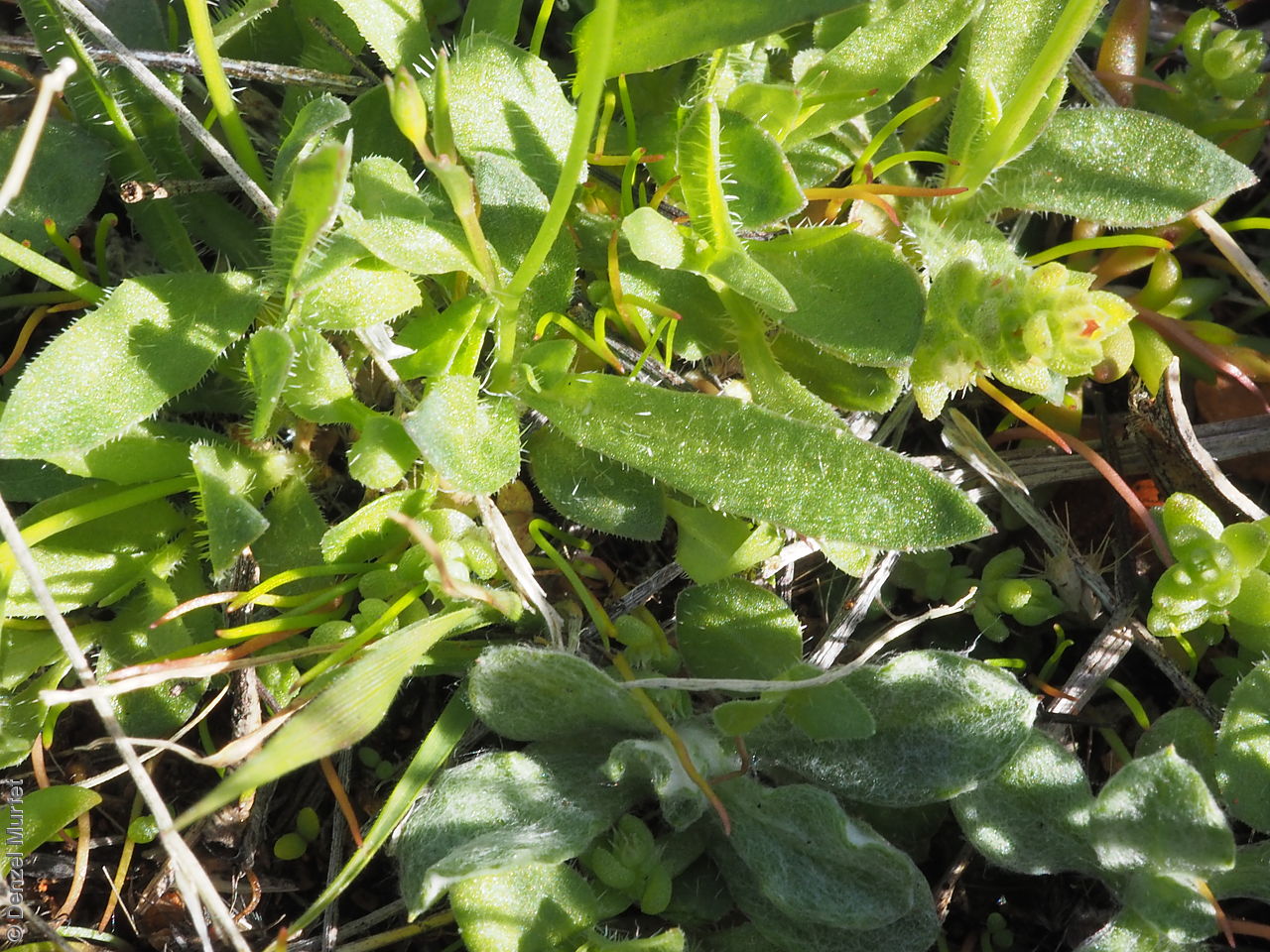
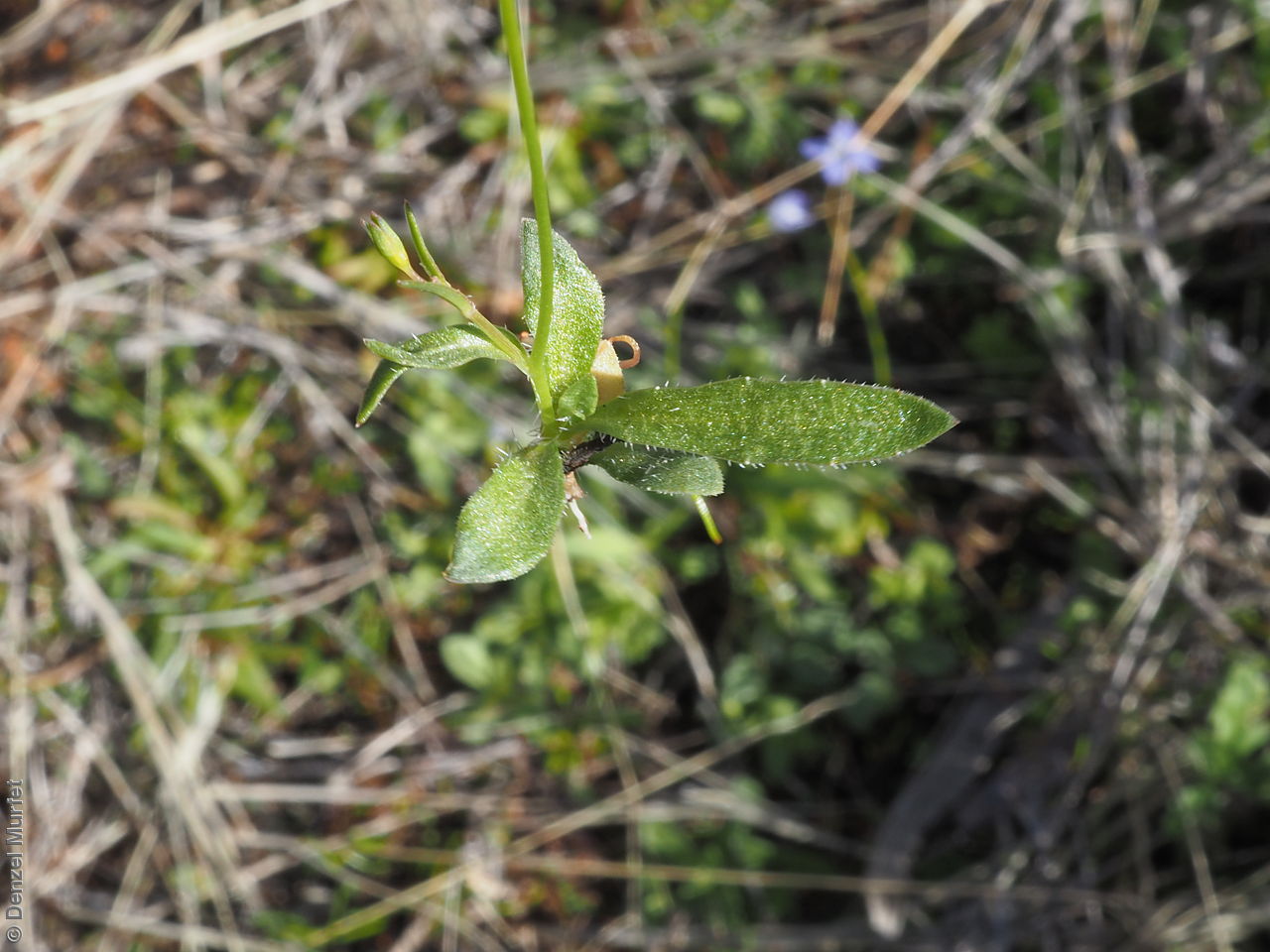
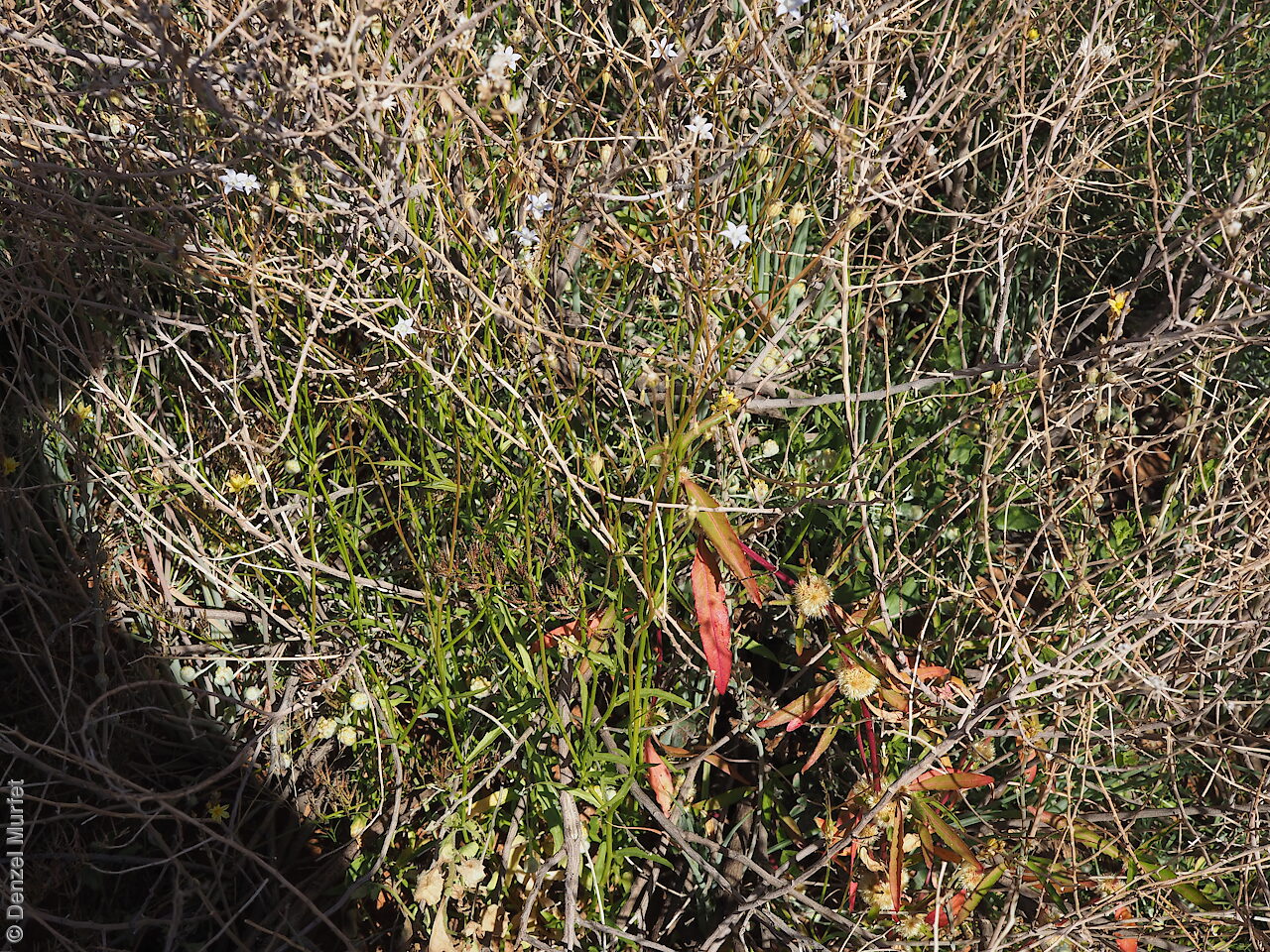
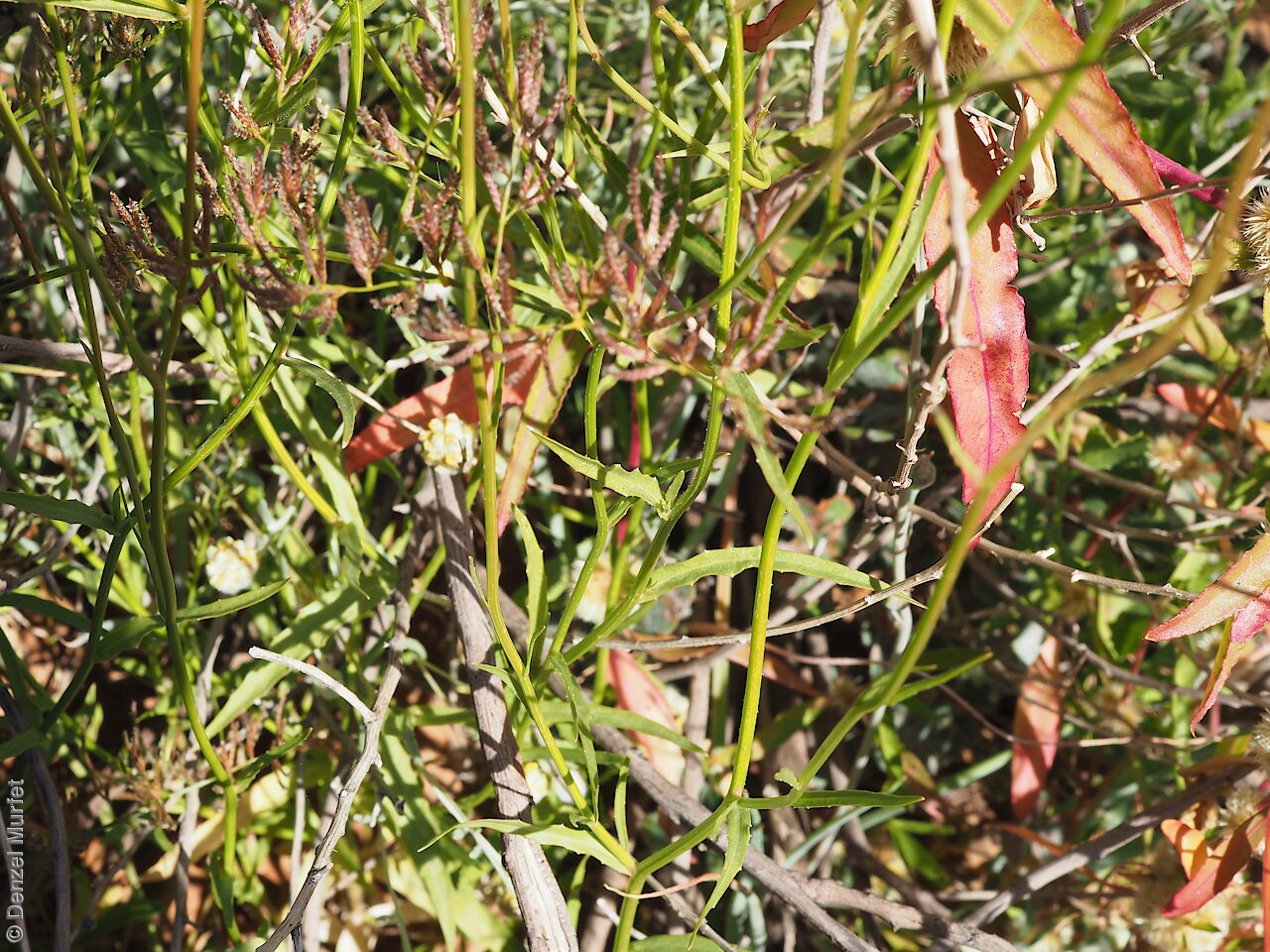
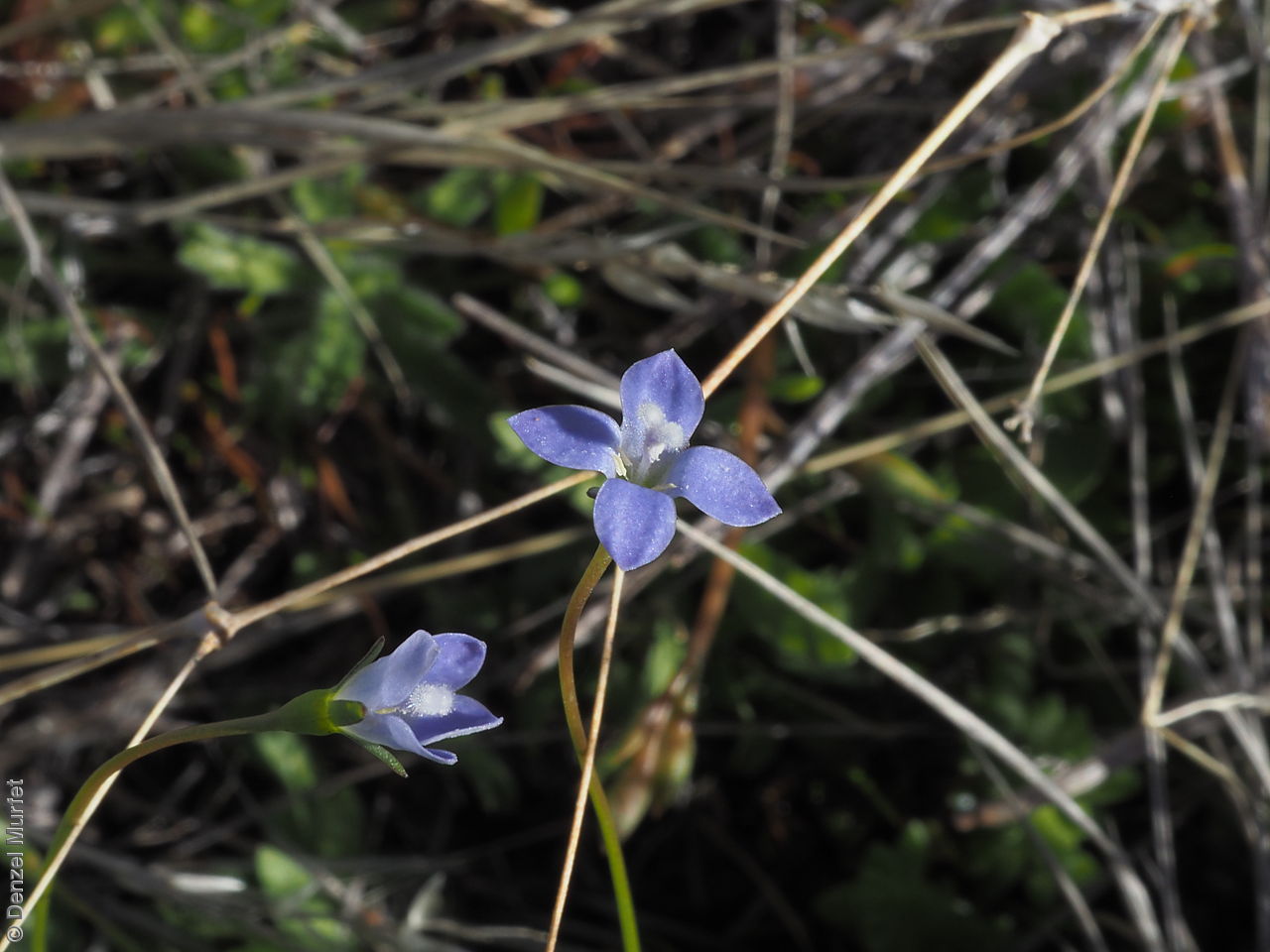
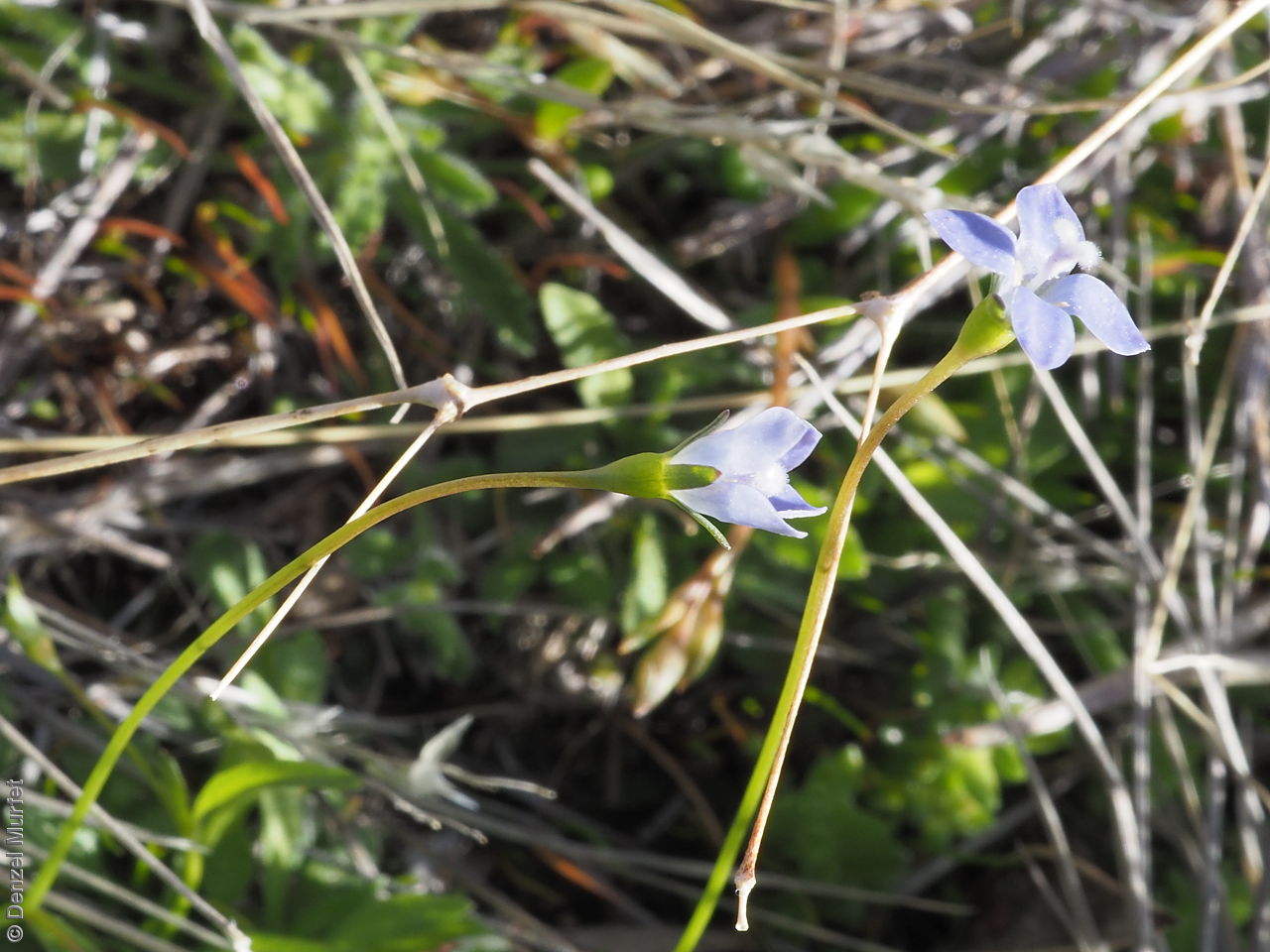
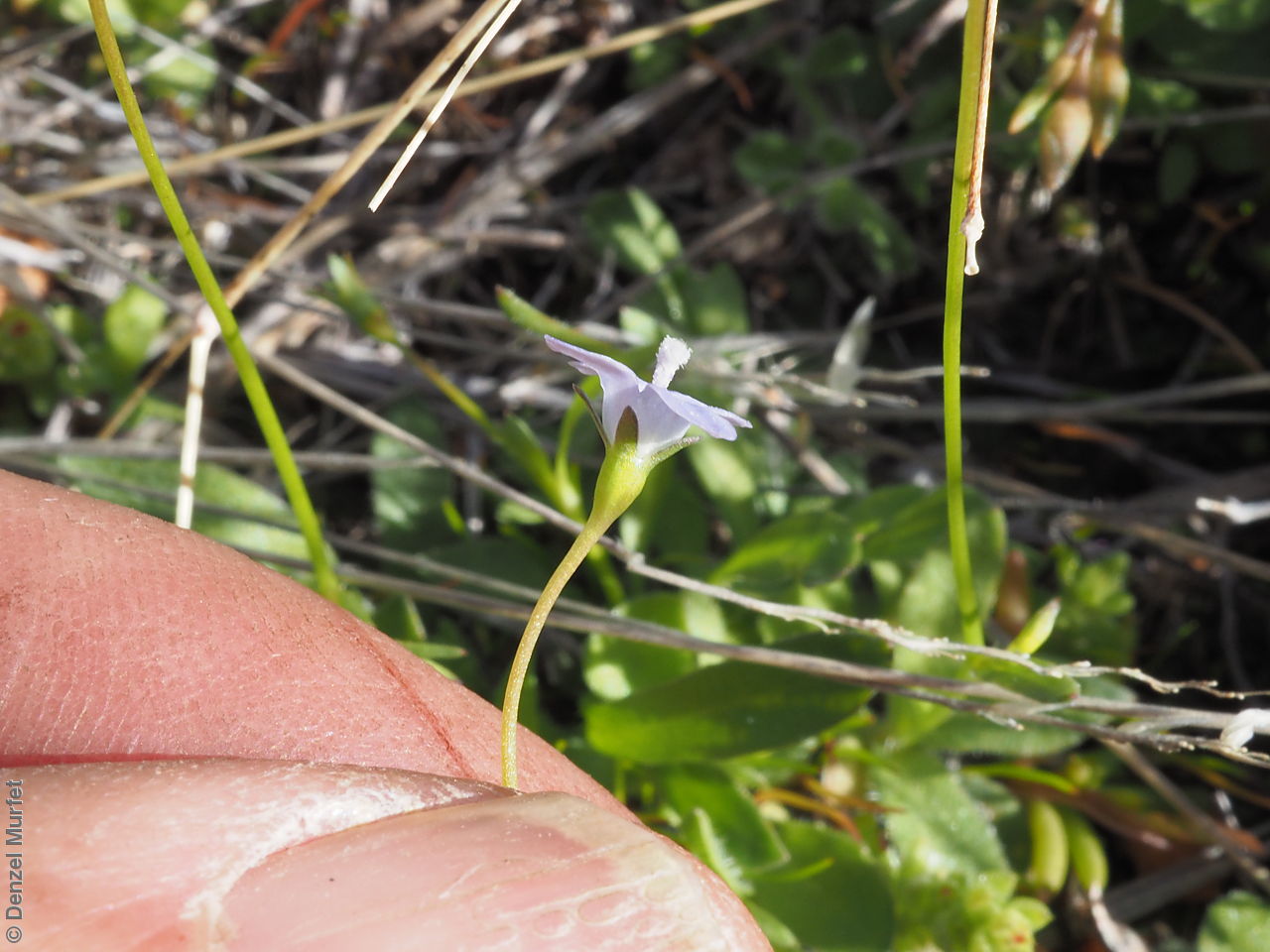
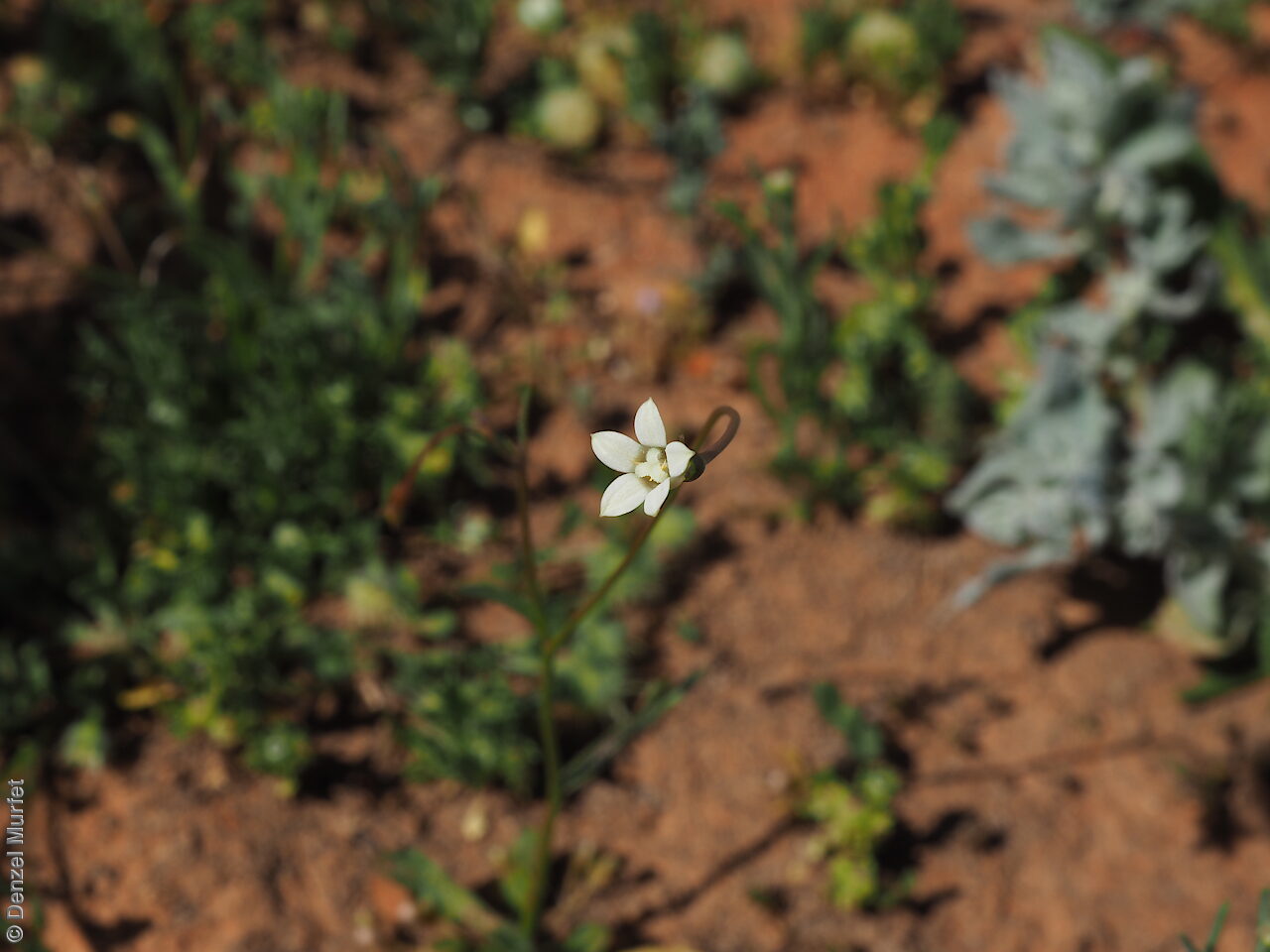
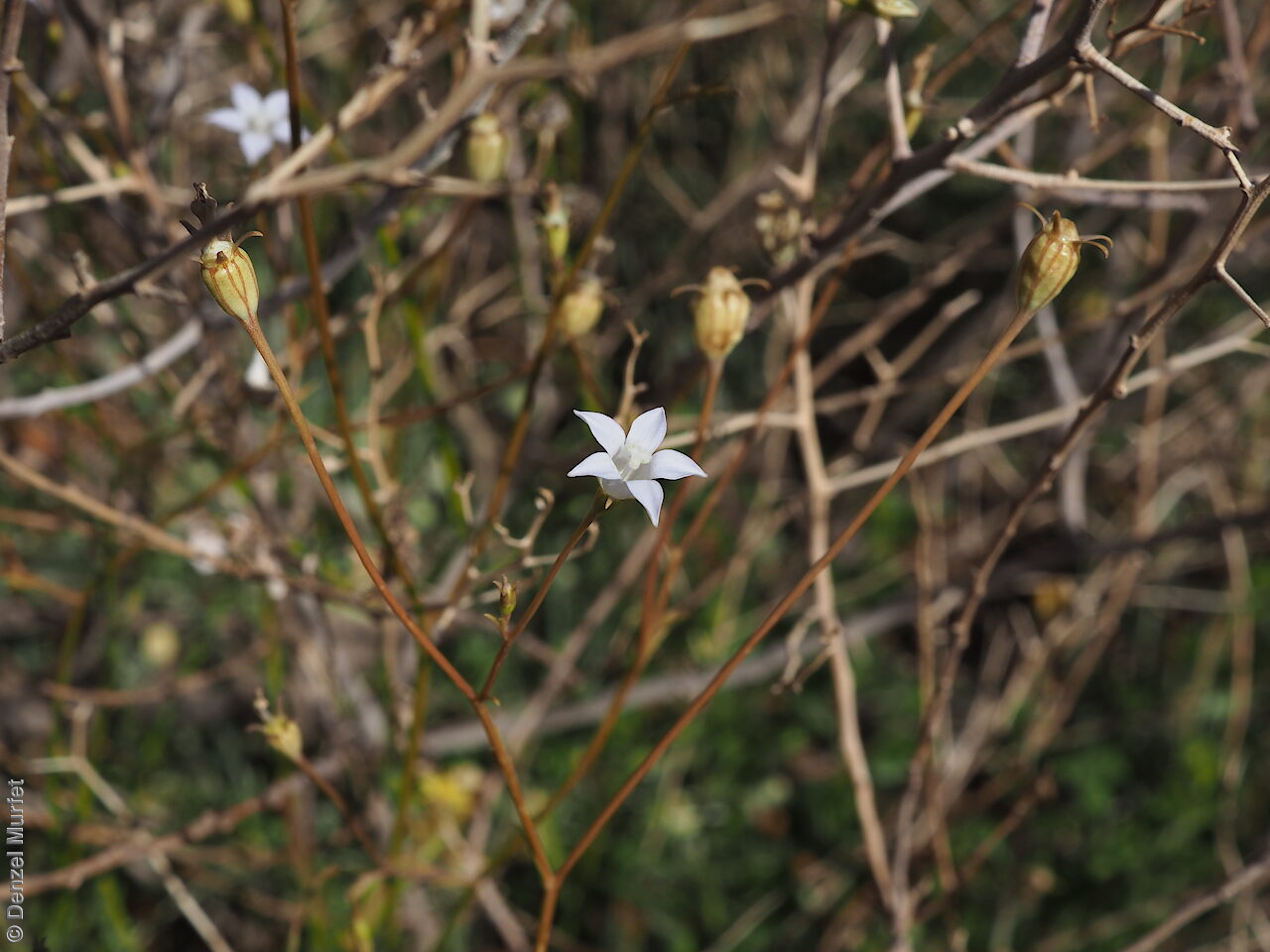
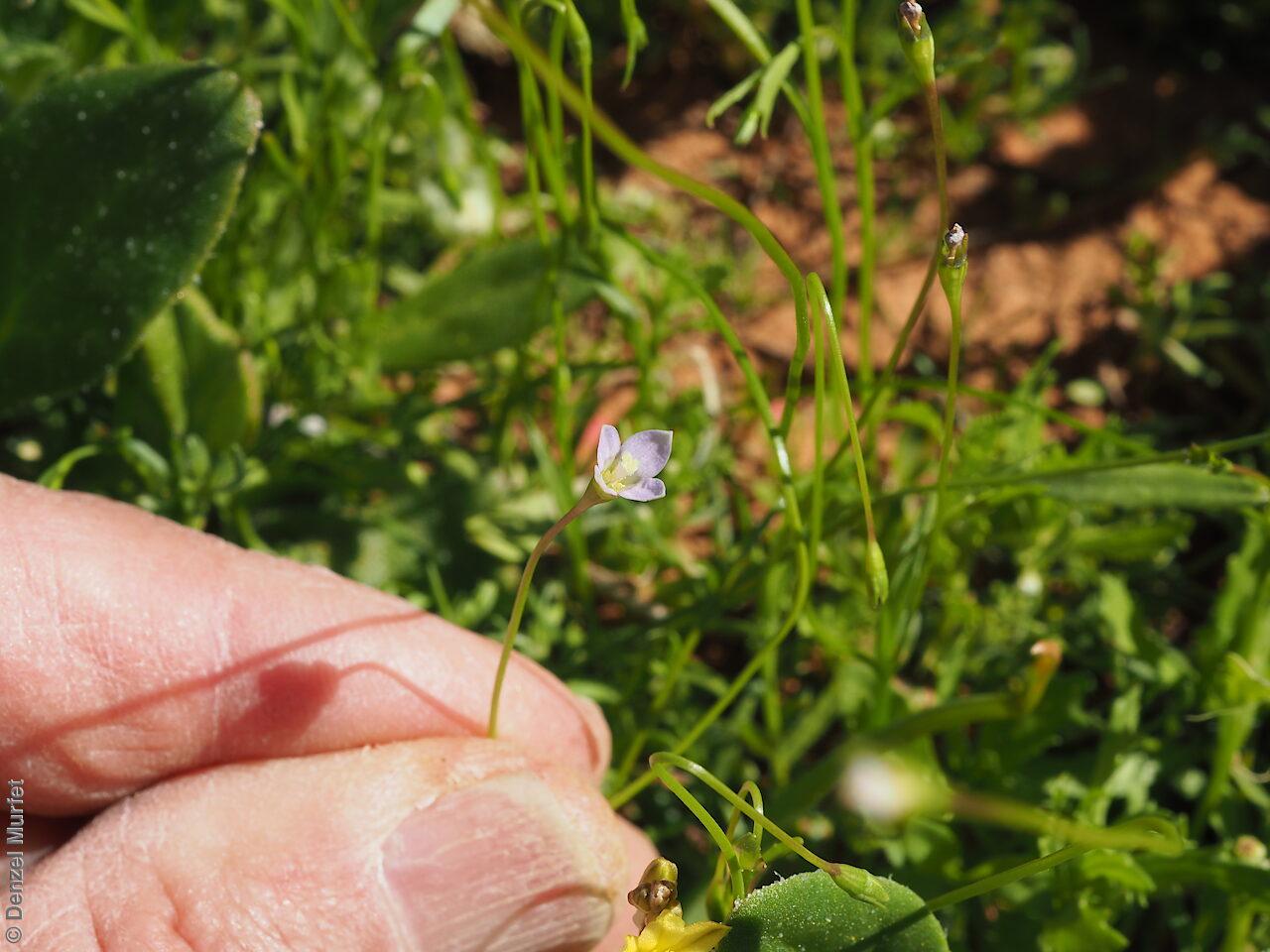
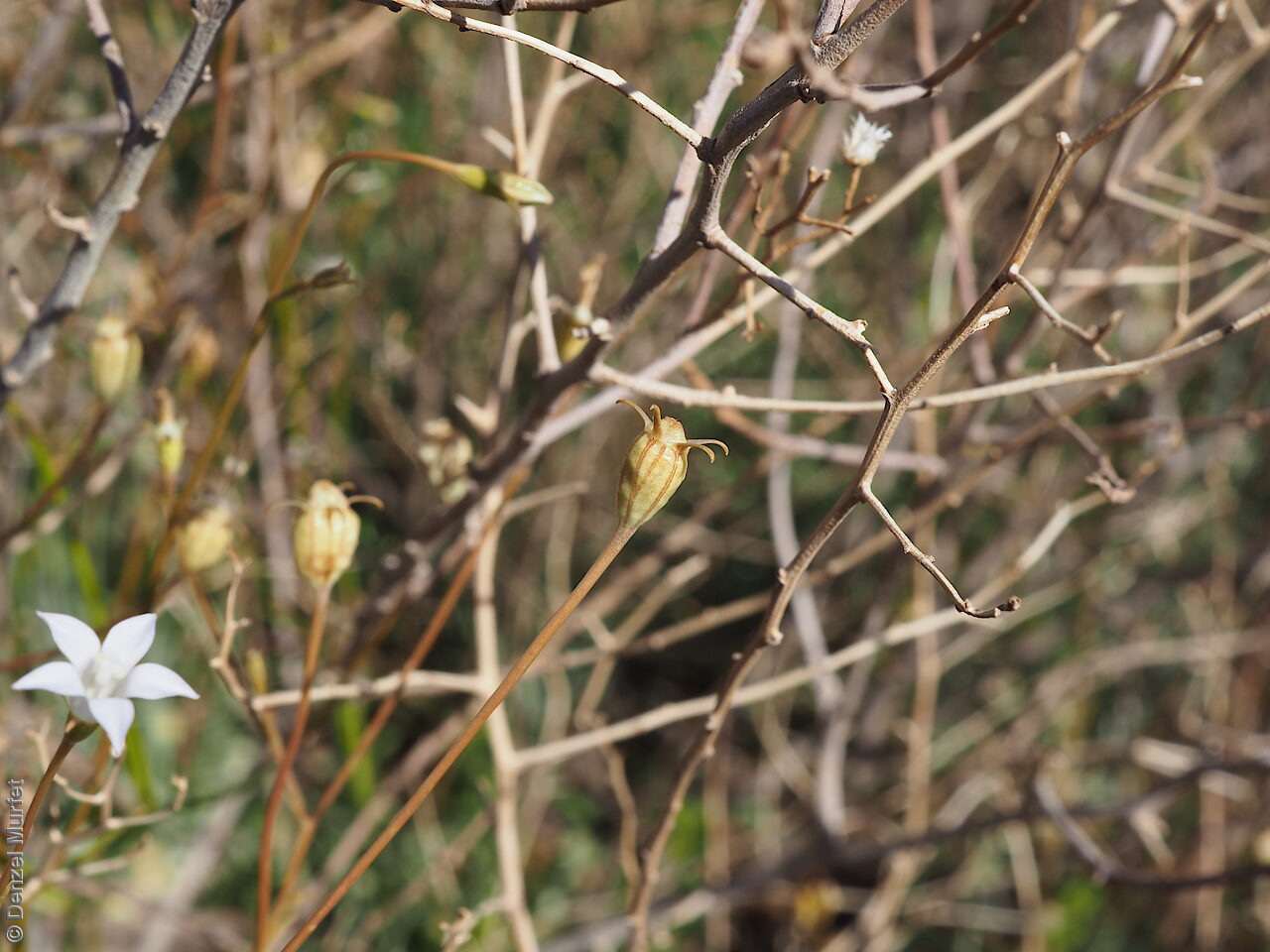
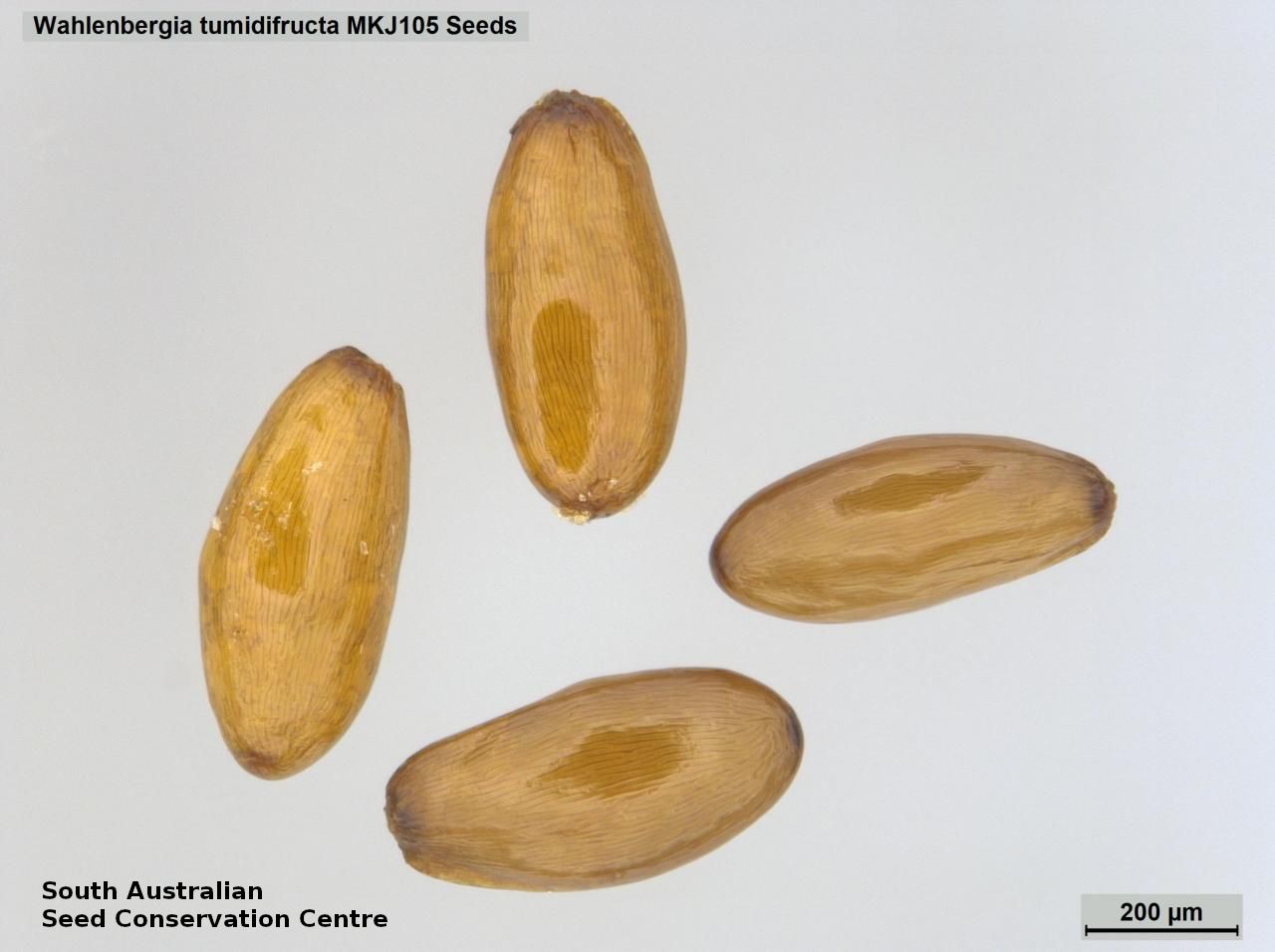
Regional Species Conservation Assessments per IBRA subregion.

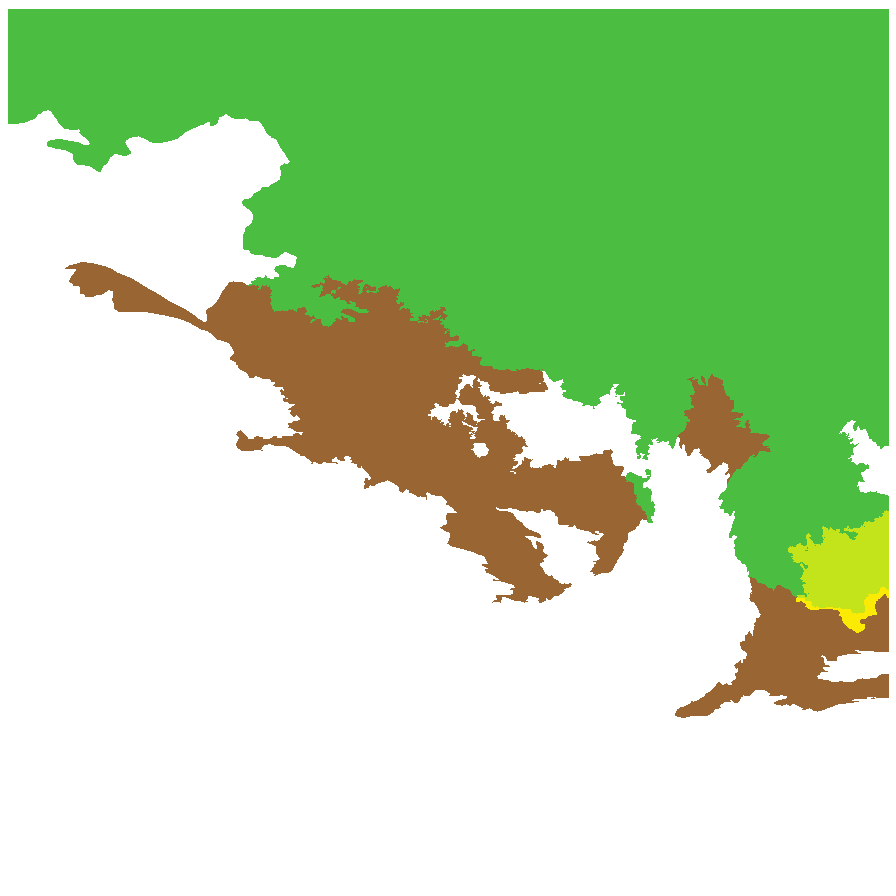
Least concern
Near threatened
Rare
Vulnerable
Endangered
Critically endangered
Extinct
Data deficient
Adelaide
Arkaroola
Ceduna
Coober Pedy
Hawker
Innamincka
Marla
Marree
Mount Gambier
Oodnadatta
Renmark
Wudinna
Keith
Yunta
Display IBRA region text
| Fleurieu (KAN02) | Kanmantoo | Data Deficient [southern edge of range; Saunders Ck Gorge] |
| Olary Spur (FLB03) | Flinders Lofty Block | Data Deficient (IUCN: CR D) [Only appears after heavy rains.DD] |
| Northern Flinders (FLB05) | | Least Concern |
| Central Flinders (FLB06) | | Rare (IUCN: RA d(i,ii)) |
| Eyre Mallee (EYB05) | Eyre Yorke Block | Rare (IUCN: RA d(ii)) |
| South Olary Plain (MDD01) | Murray Darling Depression | Near Threatened [desert spp; clay pans; seasonal] |
| Murray Mallee (MDD02) | | Rare (IUCN: RA d(i,ii)) [edge of range; oddities] |
| Braemer (MDD07) | | Data Deficient [Only appears after heavy rains.DD] |
| Murray Scroll Belt (RIV06) | Riverina | Vulnerable (IUCN: VU D2) [edge of range] |
| Myall Plains (GAW01) | Gawler | Rare (IUCN: RA d(ii)) |
| Gawler Volcanics (GAW02) | | Rare (IUCN: RA d(ii)) |
| Arcoona Plateau (GAW04) | | Least Concern |
| Kingoonya (GAW05) | | Rare (IUCN: RA d(ii)) |
| Torrens (GAW06) | | Least Concern |
| Roxby (GAW07) | | Least Concern |
| Commonwealth Hill (GAW08) | | Least Concern |
| Kintore (GVD04) | Great Victoria Desert | Least Concern |
| Tallaringa (GVD05) | | Least Concern |
| Yellabinna (GVD06) | | Rare (IUCN: RA d(ii)) |
| Barrier Range Outwash (BHC04) | Broken Hill Complex | Data Deficient [Only appears after heavy rains.DD] |
| Bimbowrie (BHC05) | | Data Deficient [Only appears after heavy rains.DD] |
| Curnamona (BHC06) | | Data Deficient [Only appears after heavy rains.DD] |
| Simpson Desert (SSD02) | Simpson Strzelecki Dunefields | Least Concern |
| Dieri (SSD03) | | Least Concern |
| Warriner (SSD04) | | Least Concern |
| Strzelecki Desert (SSD05) | | Least Concern |
| Breakaways (STP01) | Stony Plains | Least Concern |
| Oodnadatta (STP02) | | Least Concern |
| Murnpeowie (STP03) | | Least Concern |
| Peake-Dennison Inlier (STP04) | | Least Concern |
| Macumba (STP05) | | Least Concern |
| Witjira (STP06) | | Least Concern |
| Baltana (STP07) | | Least Concern |
| Sturt Stony Desert (CHC02) | Channel Country | Least Concern |
| Diamantina-Eyre (CHC04) | | Least Concern |
| Coongie (CHC06) | | Least Concern |
| Lake Pure (CHC07) | | Least Concern |
| Mann-Musgrave Block (CER01) | Central Ranges | Least Concern |
| Watarru (CER02) | | Least Concern |
| Everard Block (CER03) | | Least Concern |
| Tieyon (FIN03) | Finke | Least Concern |
| Pedirka (FIN04) | | Least Concern |
| Fleurieu (KAN02) | Kanmantoo | Data Deficient [southern edge of range; Saunders Ck Gorge] |
| 3 of 6 subregions | Flinders Lofty Block | Least Concern , Rare , Data Deficient |
| Eyre Mallee (EYB05) | Eyre Yorke Block | Rare (IUCN: RA d(ii)) |
| 3 of 6 subregions | Murray Darling Depression | Near Threatened , Rare , Data Deficient |
| Murray Scroll Belt (RIV06) | Riverina | Vulnerable (IUCN: VU D2) [edge of range] |
| 7 of 8 subregions | Gawler | Least Concern , Rare |
| 3 of 4 subregions | Great Victoria Desert | Least Concern , Rare |
| 3 of 4 subregions | Broken Hill Complex | Data Deficient |
| 4 of 4 subregions | Simpson Strzelecki Dunefields | Least Concern |
| 7 of 7 subregions | Stony Plains | Least Concern |
| 4 of 4 subregions | Channel Country | Least Concern |
| 3 of 3 subregions | Central Ranges | Least Concern |
| 2 of 2 subregions | Finke | Least Concern |
Botanical art
Kath Alcock paintings: 10
Prior names
Wahlenbergia sp. B
Common names
Balloon Bluebell
Swollen-fruit Bluebell
Etymology
Wahlenbergia named by H.A Schrader in honour of Georg Göran Wahlenberg (1780-1851), a Swedish professor of botany. Tumidifructa from the Latin 'tumida' meaning swollen and 'fructus' meaning fruit.
Distribution and status
Found in the drier parts of South Australia, growing in open sites in a variety of plant communities of arid and semi-arid regions. Also found in all mainland states. Native. Common in South Australia. Rare in Victoria. Common in the other states.
Herbarium regions: North Western, Lake Eyre, Nullarbor, Gairdner-Torrens, Flinders Ranges, Eastern, Eyre Peninsula, Murray
NRM regions: Alinytjara Wilurara, Eyre Peninsula, South Australian Arid Lands, South Australian Murray-Darling Basin
AVH map: SA distribution map (external link)
Plant description
Perennial tufted herbs with a fleshy rootstock and stems to 90 cm long, upper parts glabrous, lower parts sparsely hairy. Leaves alternate or sometimes the lowermost opposite, to 60 mm long and 12 mm wide, obovate, becoming linear up the stem, margins flat or undulate. Flowers terminal, blue, sometimes pink or white, funnel-shaped with 5 narrow-triangular lobes which are less than twice as long as the base. Flowers throughout the year. Fruits are brown globular, cylindrical or sometimes conical capsule to 9 mm long, swollen in appearance. Seeds are tiny orange elliptic seed to 0.6 mm long and 0.3 mm wide. Seed embryo type is spatulate under-developed.
Seed collection and propagation
Collect seeds between January and December. Collect capsules that are maturing, drying and turning orange with hard seeds inside. Place the capsules in a tray and leave to dry for a week. Then rub the capsules gently with your hands to dislodge the seeds. Use a sieve to separate the unwanted material. Be careful as the seeds are very small. Store the seeds with a desiccant such as dried silica beads or dry rice, in an air tight container in a cool and dry place. From one collection, the seed viability was low, at 30%.
| Location | No. of seeds
(weight grams) | Number
of plants | Date
collected | Collection number
Collection location | Date
stored | % Viability | Storage
temperature | BGA
MSB | 15,400 (2.31 g)
15,400 (2.31 g) | 100+ | 8-Nov-2005 | MKJ105
Gairdner-Torrens | 28-Jul-2006 | 30% | -18°C |
Location: BGA — the seeds are stored at the Adelaide Botanic Gardens, MSB — the seeds are stored at the Millennium Seed Bank, Kew, England.
Number of plants: This is the number of plants from which the seeds were collected.
Collection location: The Herbarium of South Australia's region name.
% Viability: Percentage of filled healthy seeds determined by a cut test or x-ray.













